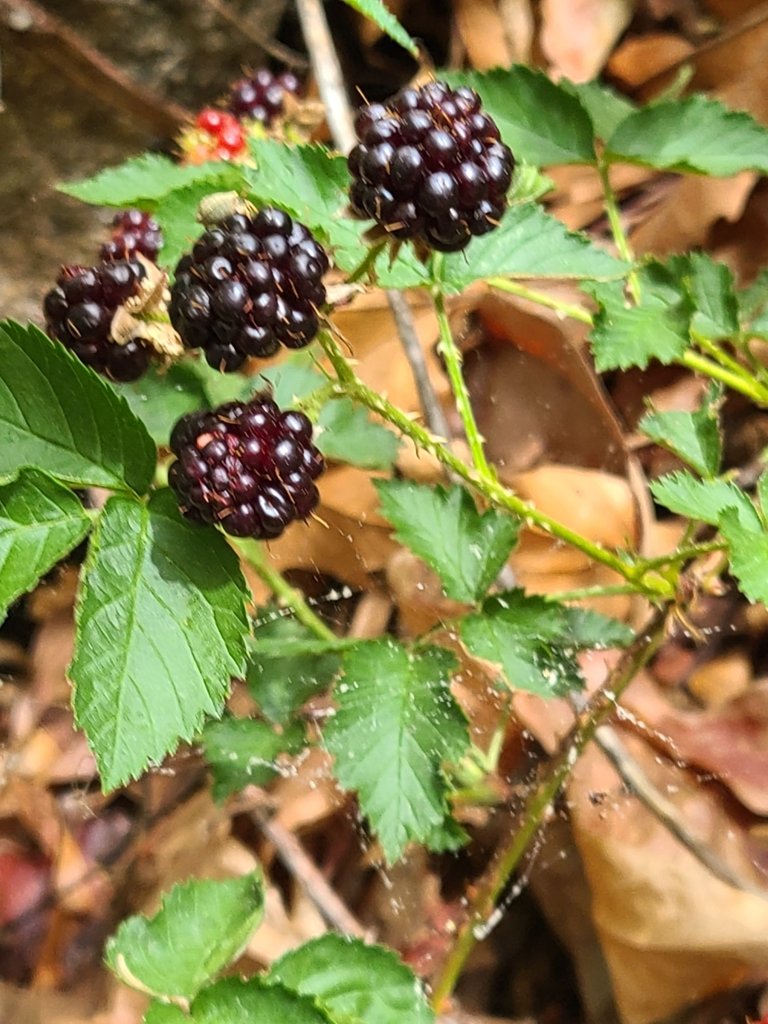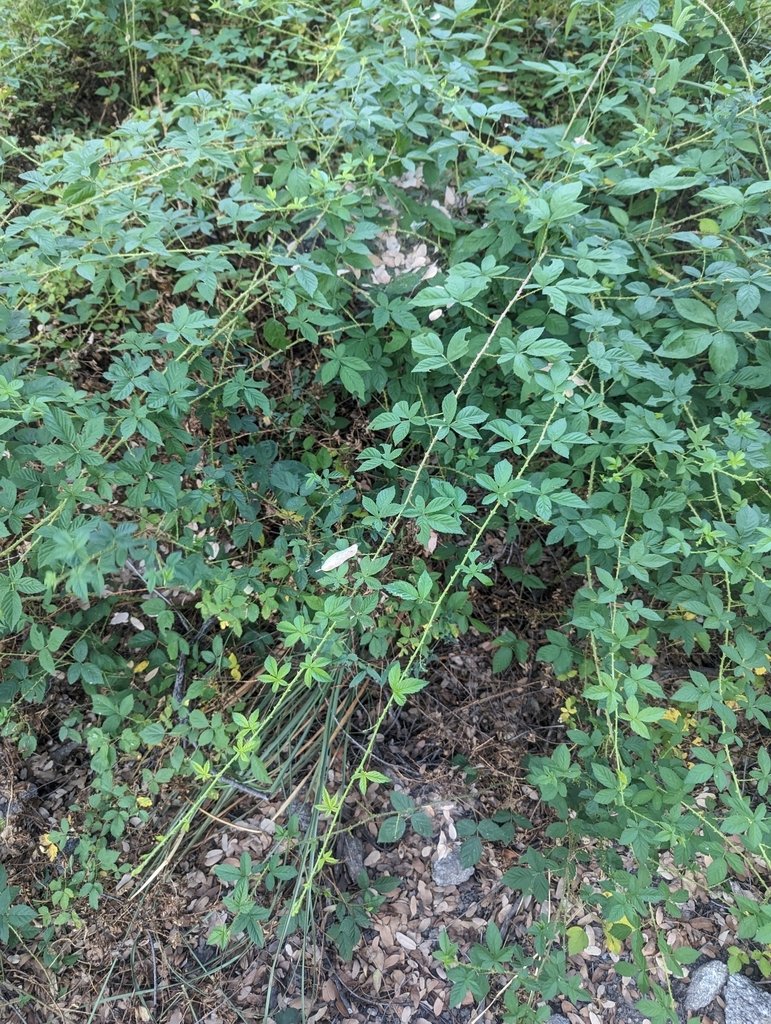The Genus Rubus
Dewberries, Raspberries, Blackberries
Family Rosaceae
There are several regionally native raspberries growing in the various mountain ranges of the Sky Islands region. Plants are usually fast growing, sending prickly stems out for many feet. Bright green leaves are winter deciduous. Flowering occurs in early summer. Blooms are white and about an inch across. Flowers are followed by delicious white, pink, reddish or purple fruit. Some grow upright, as much as 10’ or more. Other sprawl on the ground with long canes.
The term "cane fruit" or "cane berry" applies to any Rubus species or hybrid which is commonly grown with supports such as wires or canes, including raspberries, blackberries, and hybrids such as loganberry, boysenberry, marionberry and tayberry. The stems of such plants are also referred to as canes.
Shady locations are best, with regular water and enriched soil. Most are very cold hardy to at least -20°F or more.
Photo of Arizona Dewberry (Rubus arizonensis) by esophiea, iNaturalist
Countless lepidoptera (butterflies and moths) use this plant as a larval food plant, and some may find your plant at the lower elevations. Many insects use the flowers that are nectar rich, especially bees. Fruits are edible to people, birds, and other animals.
The fruits are edible for most species of Rubus. The rest of the plant is used by many cultures as medicine for many ailments, in many forms and concoctions.
The genus name, Rubus, comes from the Latin word rubus, which means "blackberry" or "bramble". There are 1803 species of Rubus found across all continents except Antarctica. Arizona, Nevada and Utah each have 5 species of Rubus, in California there are 14 species, New Mexico has 8 species and Texas has 17 species.
Usually found in disturbed habitats, often in thickets, woods, or edges of woods. Some Rubus species are native, while others are introduced and sometimes escape into natural areas.
Red Raspberry (Rubus idaeus) found in moist and rocky areas in ponderosa pine and high-elevation mixed conifer forests from 6,000-11,500'. Photo by Max Licher, SEINET
The New Mexico Raspberry (Rubus neomexicanus) has much more upright, arching stems rather than a sprawling habit. Found on forested slopes often in mesic sites and canyons from 4,500-9,500'. Photo by Nancy Bruce, iNaturalist.
Thimbleberry Rubus parviflorus is found in the mountians at high elevations from 8,000-9,500'. Photo by Alec Sorensen, iNaturalist
Arizona dewberry (Rubus arizonensis) is found in partial shade by streams, prefers well-drained soil, from 3,500-5,000 Photo by Jaxon Lane, iNaturalist





